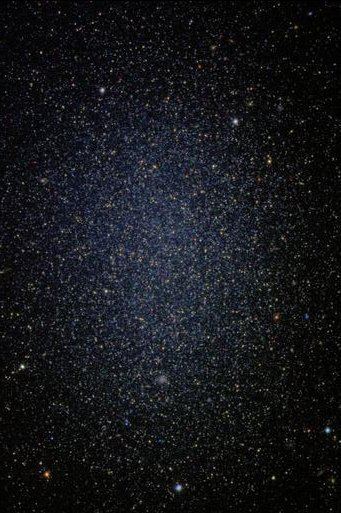 | ||
Dwarf spheroidal galaxy meaning
A dwarf spheroidal galaxy (dSph) is a term in astronomy applied to low luminosity galaxies that are companions to the Milky Way and to the similar systems that are companions to the Andromeda Galaxy (M31). While similar to dwarf elliptical galaxies in appearance and properties such as little to no gas or dust or recent star formation, they are approximately spheroidal in shape, generally lower luminosity, and are recognized only as satellite galaxies in the Local Group.
Contents
While there were nine "classical" dSph galaxies discovered until 2005, the Sloan Digital Sky Survey has resulted in the discovery of 11 more dSph galaxies—this has radically changed the understanding of these galaxies by providing a much larger sample to study. By 2015, many more ultra-faint dSph's were discovered, all satellites of the Milky Way.
Recently, as growing evidence has indicated that the vast majority of dwarf ellipticals have properties that are not at all similar to elliptical galaxies, but are closer to irregular and late-type spiral galaxies, this term has been used to refer to all of the galaxies that share the properties of those above. These sorts of galaxies may in fact be the most common type of galaxies in the universe, but are much harder to see than other types of galaxies because they are so faint.
Because of the faintness of the lowest luminosity dwarf spheroidals and the nature of the stars contained within them, some astronomers suggest that dwarf spheroidals and globular clusters may not be clearly separate and distinct types of objects. Other recent studies, however, have found a distinction in that the total amount of mass inferred from the motions of stars in dwarf spheroidals is many times that which can be accounted for by the mass of the stars themselves. In the current predominantly accepted Lambda cold dark matter cosmological model, this is seen as a sure sign of dark matter, and the presence of dark matter is often cited as a reason to classify dwarf spheroidals as a different class of object from globular clusters (which show little to no signs of dark matter). Because of the extremely large amounts of dark matter in these objects, they may deserve the title "most dark matter-dominated galaxies"
